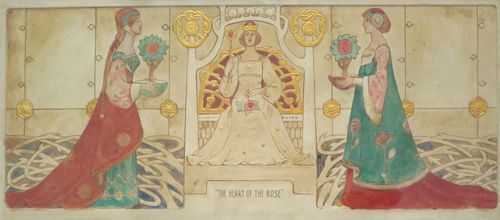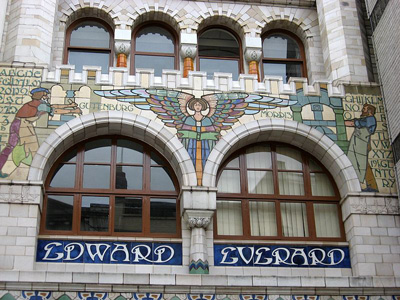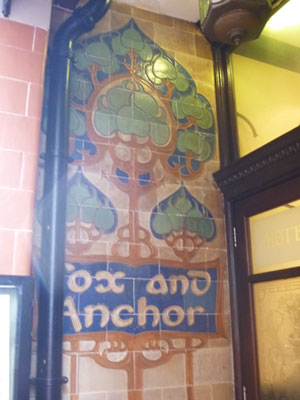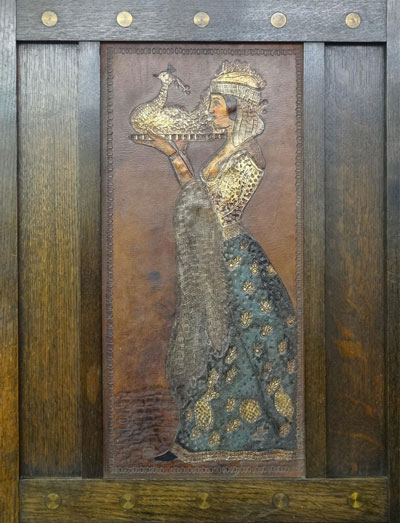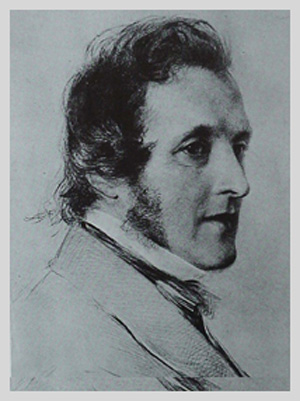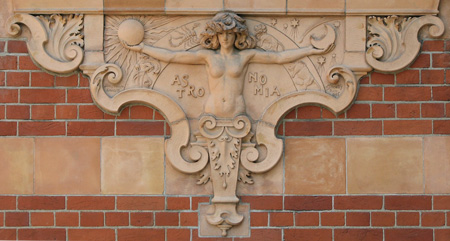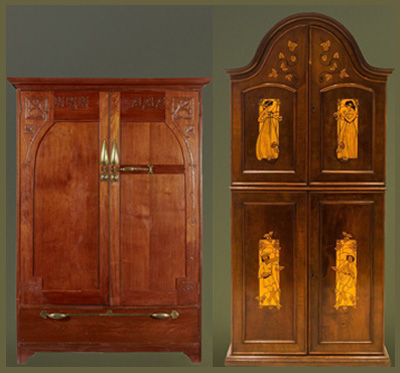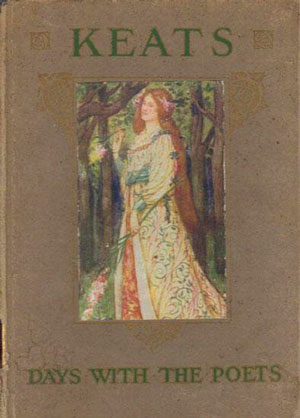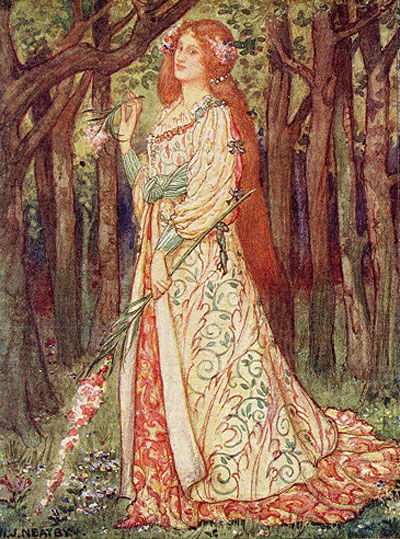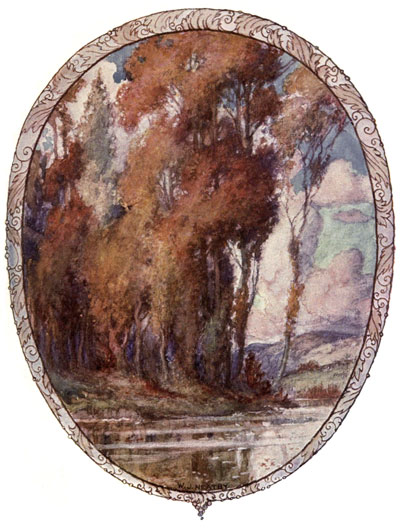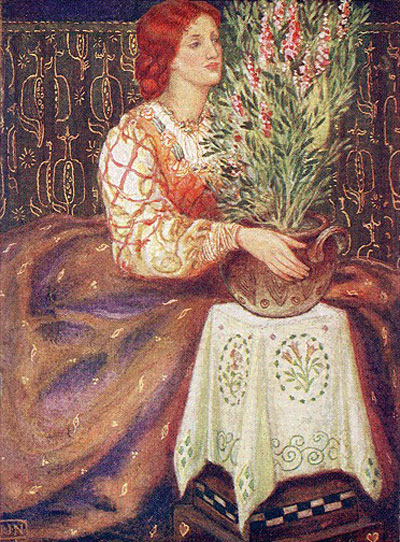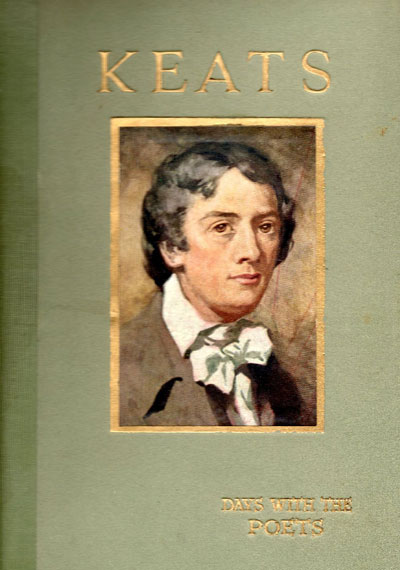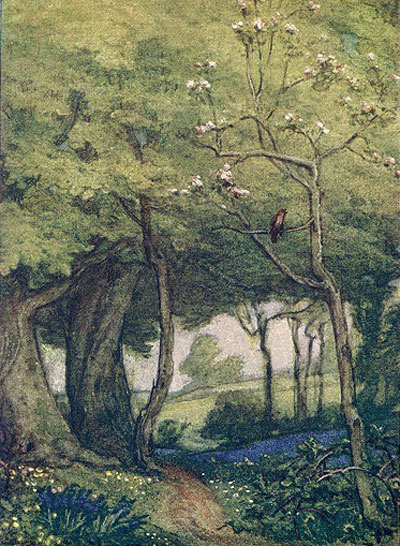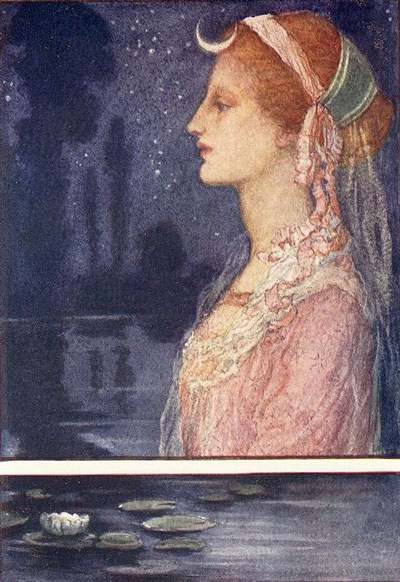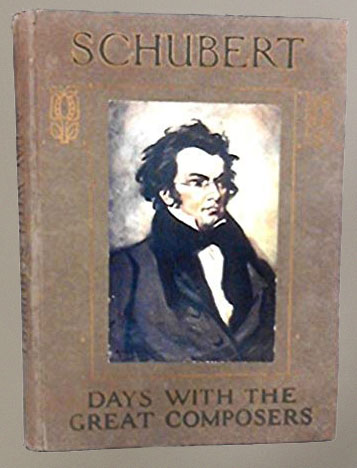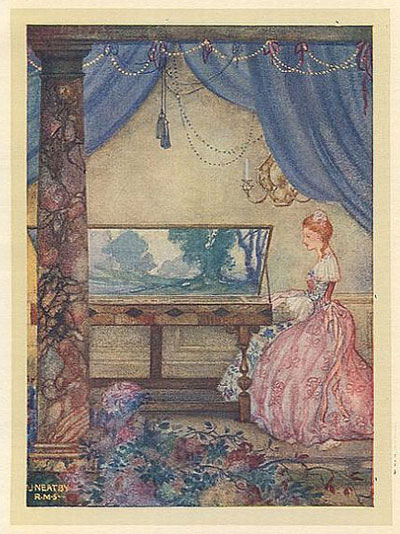Doulton and Co.
On the death of his wife in 1885, he married again, two years later, to Jane Isabella Dempster, aged 20, and by 1890 is known to have moved to London to work with tile makers Doulton and Co. of Lambeth (later Royal Doulton). Here, he became director of its architecture department, and some of his most famous designs, in terracotta as well as ceramics were produced under this fruitful partnership.
Sir Henry Doulton.
Examples can be seen to this day in locations as diverse as the Royal Arcade in Norwich, the Winter Gardens Blackpool, and the Royal Observatory at Greenwich.
Astronomia - exerior decorative sculpture, Greenwich.
Oh, and this little place in Knightsbridge too ...
